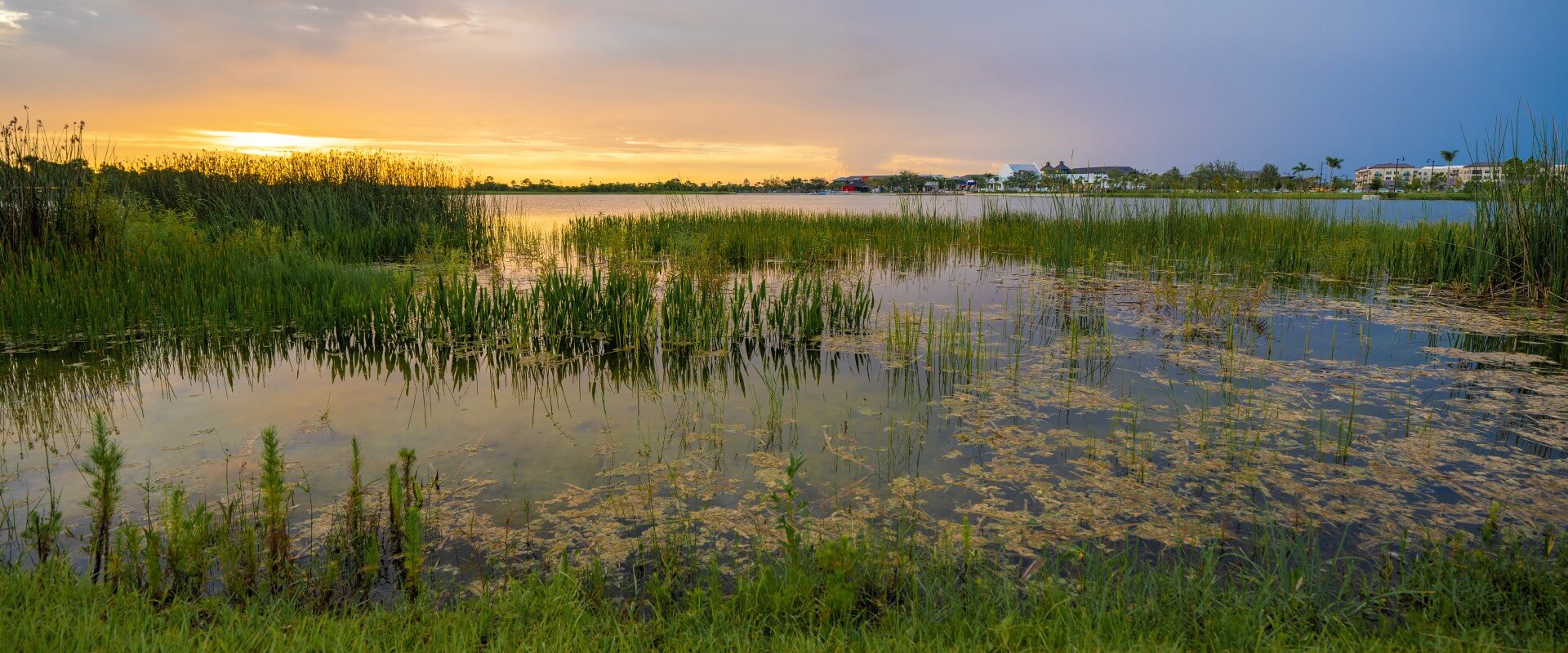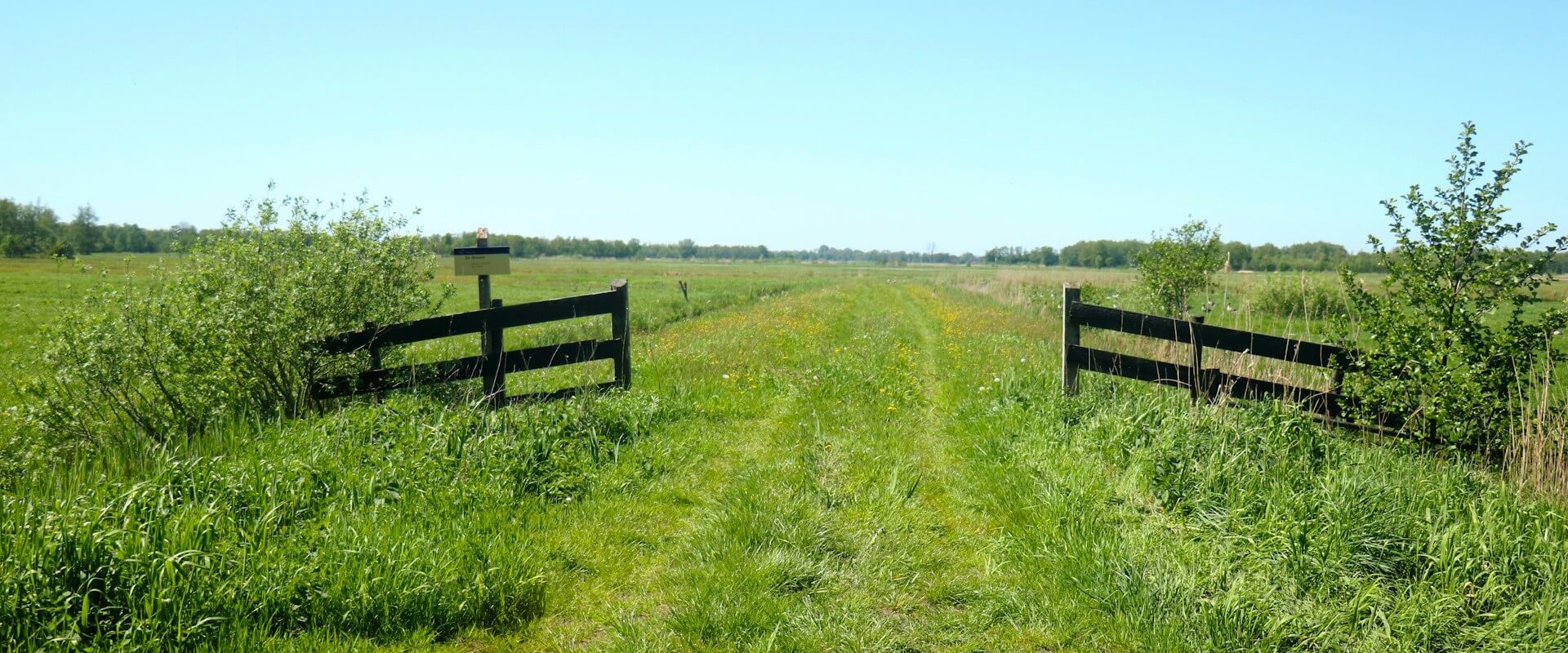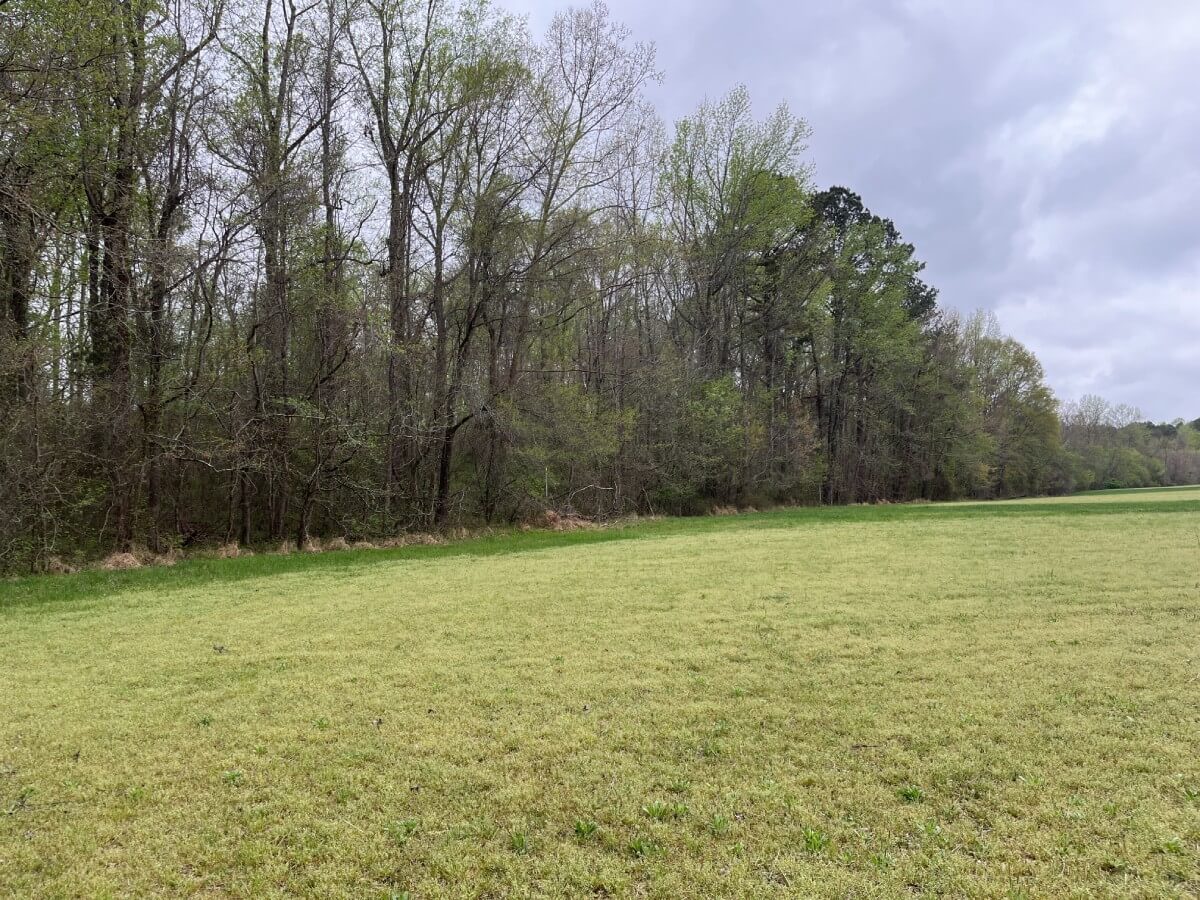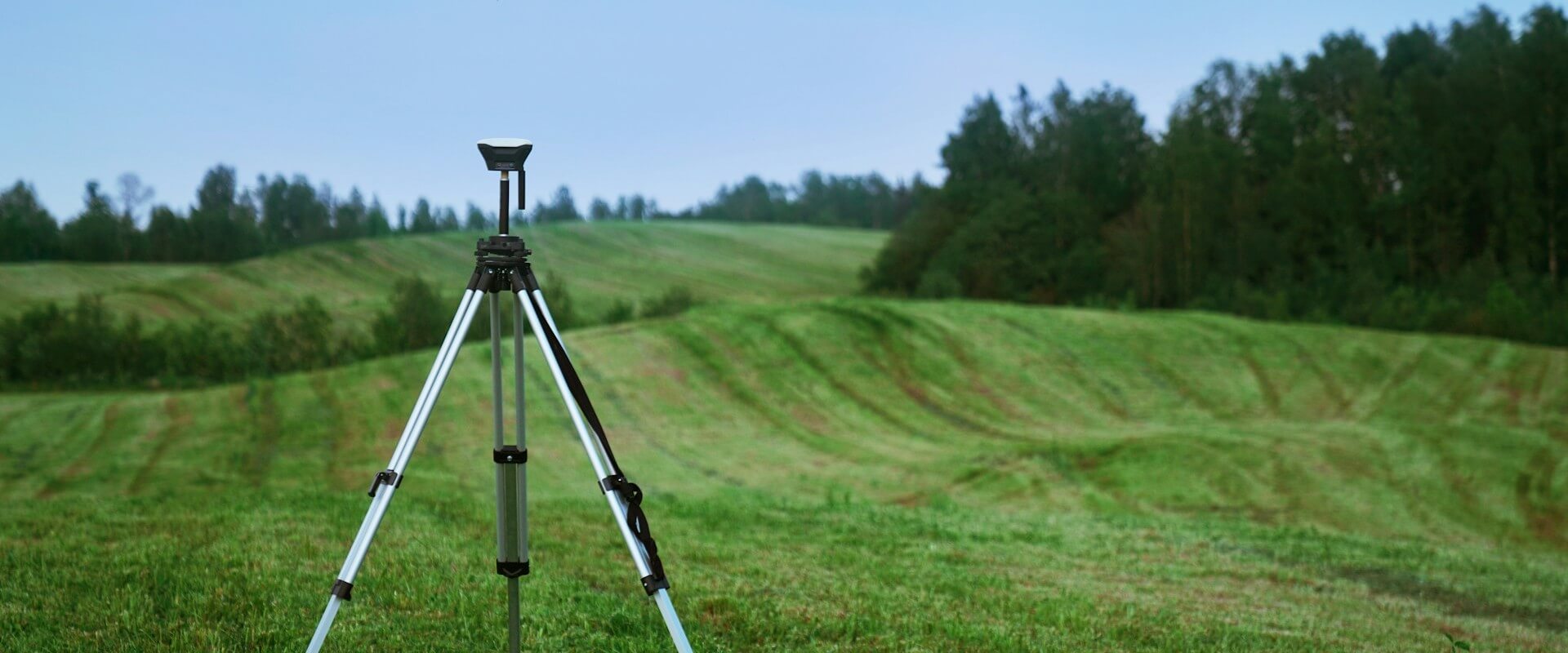Welcome to the first installment of our Conservation Cares series! We often hear about land and natural resource conservation in broad strokes, but how does it tangibly affect our daily lives? This series of topics illustrates how different aspects of conservation directly affect you.
You will learn about ecological degradation and how it may affect your finances, health, communities, quality of life, and other day-to-day aspects of your life. If you have any burning questions or topics that haven’t been addressed please let us know by reaching out to info@uniqueplacestosave.org!
Today, we're diving into a critical environmental issue with direct consequences for homeowners and communities across the country: the alarming loss of wetlands in the United States. Understanding the current state of these vital ecosystems is the first step in recognizing their immense value, a value we'll connect to your finances and community safety in Part 2.
What is the current state of wetlands in the US?
Last year, the United States Fish and Wildlife Service (USFWS) reported to Congress that the mainland United States has lost half of its wetlands since the country was conceptualized. This amounts to approximately 670,000 acres (roughly the size of Rhode Island) of wetlands lost, forever. According to the USFWS report, one of the regions experiencing the most wetland loss is the coastal region of the Carolinas.
Unfortunately, the actual loss of wetlands will be more difficult to account for following the 2023 Supreme Court ruling in Sackett v. EPA. Here’s the cliff notes of that decision and what it means:
The Sackett v. EPA case centered on the Clean Water Act (CWA), which requires permits for discharging pollutants into "navigable waters," defined as "waters of the United States" (WOTUS). The Sacketts wanted to develop property a few hundred feet from a lake in Idaho. The EPA halted the Sacketts' development, claiming their property contained a federally protected wetland adjacent to a lake tributary, thus falling under WOTUS. The legal dispute hinged on the definition of "adjacent wetlands" and the extent of federal authority under the CWA.
The Supreme Court eventually ruled in the Sacketts’ favor, significantly narrowing the definition of WOTUS, particularly concerning wetlands. The court stated that for a wetland to be considered WOTUS due to adjacency, it must have a "continuous surface connection" to another waterbody that is itself definitively WOTUS, making it practically indistinguishable from that water. For example, if a marsh directly flows into a navigable river without any separation of dry land, it would likely be considered an adjacent wetland under WOTUS. However, if a similar marsh is separated from the same river by a road or a strip of higher ground that prevents a constant flow of water between them, it would likely not be considered an adjacent wetland under this new, narrower definition.
Currently, if a wetland is “destroyed” (e.g. dredged or filled), whoever destroyed it must mitigate it (offset the ecological damage). However, due to Sackett, we have wetlands that were previously determined to be WOTUS wetlands, now not regulated under the new definition and not protected through the CWA.
Through a Supreme Court decision, the US lost millions of acres in the blink of an eye.
A new study done by the Natural Resources Defense Council found that under the least restrictive interpretation of the Sackett ruling, at least 19 million acres of wetlands (approximately the size of South Carolina) will be left unprotected. Under the most restrictive interpretation, we can expect more than 70 million acres of wetlands (84% of the total are protected before Sackett) to be at risk.
The United States faces a critical situation regarding its wetlands. Not only have we lost vast areas historically, but recent legal decisions have significantly reduced protections for millions more acres, potentially accelerating their disappearance. These aren't just abstract ecological losses; they represent the removal of natural defenses for communities across the country.
In Part 2 of this series, we'll explore the potential financial impact of these wetland losses, specifically how shrinking wetlands are leading to increased flood risks and higher insurance costs for homeowners like you.
To help nationwide efforts, we encourage you to take action any way you can. A donation can help us continue to protect crucial wetlands. If you’re interested in taking a more direct approach, consider contacting Michael Scisco and Mandi Taylor to speak about conservation easements and how you may benefit from them. Additionally, getting involved with local advocacy groups focused on saving wetlands, such as Carolina Wetlands Association, can further wetland conservation efforts.
About the Author
With dual Master’s degrees in Public Health and Business Administration, Mandi has successfully secured federal grants and managed significant projects that enhance environmental and community well-being. She leverages her diverse background to contribute to sustainable conservation efforts that protect vital ecosystems.
Learn More





